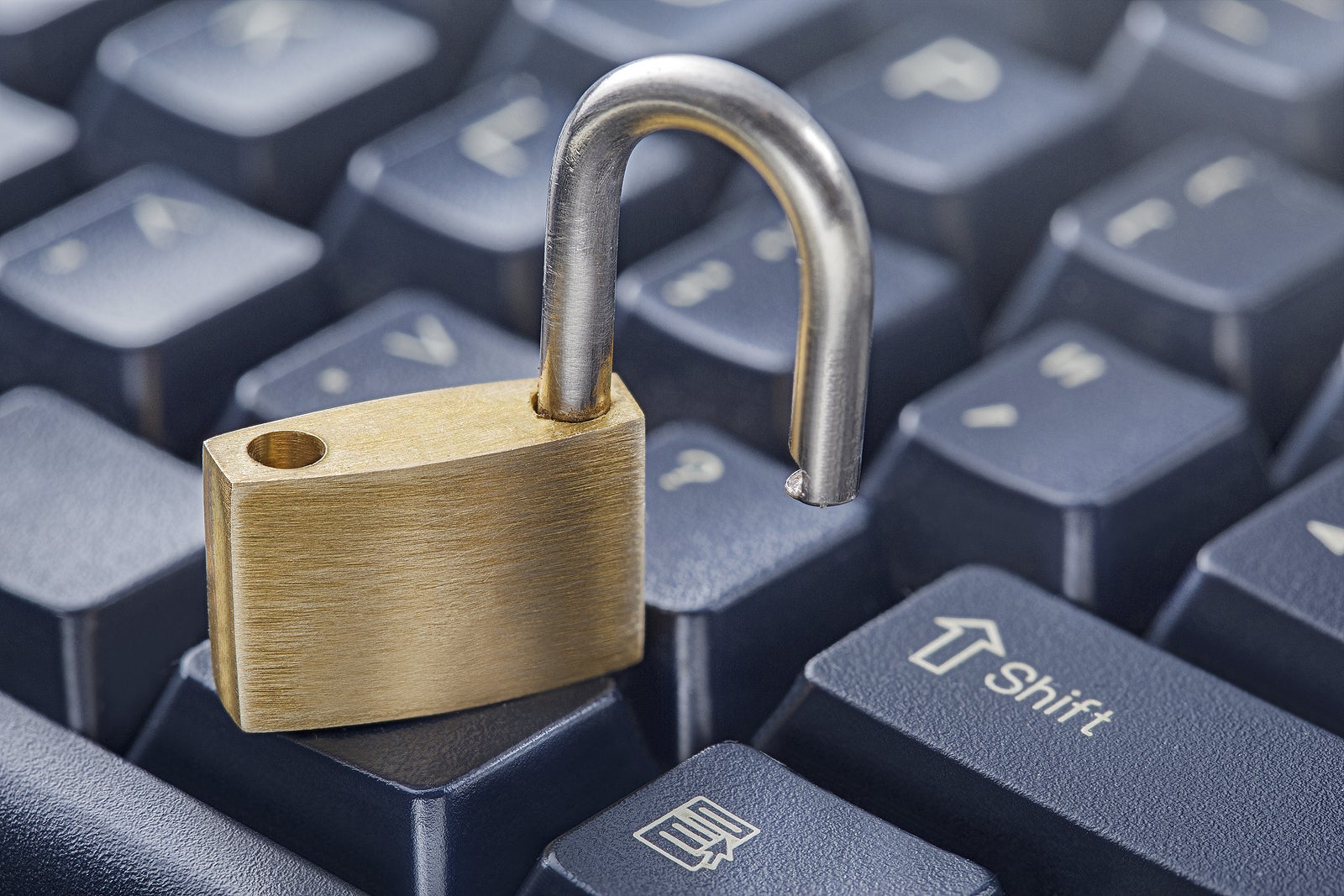
The internet has become an invaluable tool for both consumers and businesses. However, email security remains a threat to businesses worldwide despite innovations in cybersecurity and the wealth of tools available to prevent data breaches.
Email threats still exist because it relies on something that can be minimized but not eliminated—human error. Even if an organization has the most sophisticated security measures in place, a malicious email can trick an unsuspecting user and open the doors to a bigger data breach that can cause great damage to the business.
There’s a pressing need for companies to identify weak links in their security systems and take the necessary steps to address them. Email security, unfortunately, still presents as one of the top risks for data loss. Below are a few methods companies can fight the threats of email server exploits and other cyberattacks.
Facing Evolving Email Security Threats
To effectively combat threats, email security should be integrated into other preventive measures and technologies to create a comprehensive approach that should stop new threats that can bypass gateway security protocols. Some basic considerations will help keep your email systems secure despite the continuing evolution of cyber attackers and their methods.
Time is of the Essence
In case of a security breach, acting swiftly is vital to curb the spread of the attack. It takes less than 80 seconds from the time an attack is launched until the first malicious link is clicked. You should identify what type of attack is being orchestrated and take action accordingly before it spreads to other systems. After this, you should check for suspicious emails in your server and user inboxes and remove them. Reset user passwords and see whether or not data was lost or compromised due to the attack.
After the threat is neutralized, identify affected users and get details about the attack to determine and address vulnerabilities. Modify security policies as needed to avoid the incident from occurring again in the future. Advanced security solutions should be more than finding the root cause of a cyberattack; they should be powered by AI and machine learning and automated when and where possible.
Preparation is Key
Even if your organization follows best practices to the letter, organization should have a contingency plan or an incident-response plan in case of an exploit. This will greatly minimize the adverse effects of a breach and help avoid data loss as much as possible. The incident-response plan should be clear, specific, and accessible to all members of the organization. It should provide specific actions to take, who should take action, and incident workflows.
To ensure that your incident-response plan and other security measures are up and running, conduct regular email attack simulations and see how your teams respond to a potential attack. Update policies where necessary and ensure that members of the organization are aware of any changes. Email security software can be used to make the management of security protocols easier and more efficient. Advanced solutions are also powered by AI, making them better equipped to identify and address potential threats.
Leverage Modern Email Security Measures
There are modern tools available today that help organizations keep up with security protocols so they don’t rely on news updates to discover new threats. Of course, it’s still best to educate your employees and leadership teams. to be more aware and vigilant when it comes to identifying bogus emails, rejecting them, and blocking malicious senders. In today’s always-online business landscape, it’s prudent to make this training a part of the onboarding process for all employees.
Below are a few additional security measures and best practices you can follow to avoid compromising your organization’s data via an email attack.
- Offsite backups or cloud-based solutions are highly recommended if you use your email server so you have copies of your data in case of a cyberattack.
- Modern email authentication protocols can help prevent accounts from being hijacked. Steer clear of SMS-based multi-factor authentication platforms and, instead, choose one that follows Fast Identity Online (FIDO) standards.
- Integrate extended detection and response (XDR) solutions into your email security systems to help investigate potential security events on several endpoints.
- Modern email verification technologies like DomainKeys Identified Mail (DKIM); Sender Policy Framework (SPF); and Domain-based Message Authentication, Reporting, and Conformance (DMARC) should be implemented within the organization.
- Data-loss prevention and retrieval software should be available in case data is compromised. This, in conjunction with data backups, will go a long way in avoiding total data loss and other damages.
Conclusion
Email security is a dilemma that can’t simply be addressed by software and security platforms. When it comes to data security in general, there needs to be a standard of diligence and accountability, especially since email attacks are usually targeted toward specific accounts.
Ultimately, clear security policies should be set and updated whenever necessary. This doesn’t begin and end with IT security teams; it should start with email account setup and password creation and reuse because security should be a team effort.
1939 Views












